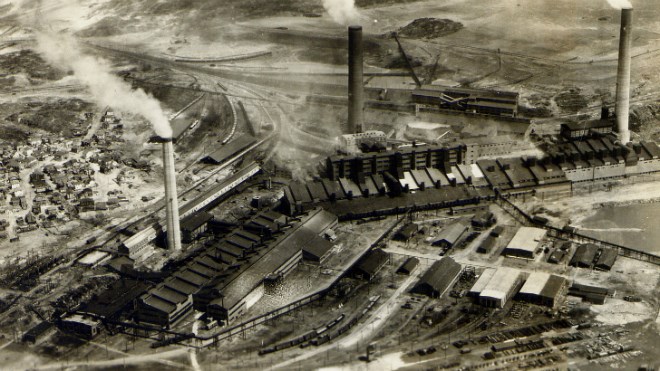The city's planning committee has approved a plan aimed at making it easier for the private sector to clean up hundreds of former mine sites across Greater Sudbury.
Meeting Monday, the committee voted unanimously to back the proposal from senior planner Jason Ferrigan, which would see the incentives in the city's brownfield strategy extended to the former mines.
A brownfield is land that was used for industrial or commercial purposes and needs to be clean up before it can be used again. They present a unique challenge for cities, particularly when landowners fall into tax arrears. Municipalities are reluctant to take ownership of the land, because they could be on the hook for cleanup costs.
The current brownfield strategy, passed in 2011, has won awards, but extends only to 60 former industrial or commercial properties. It offers landowners a mix of incentives to clean the property to modern standards so it can be used again.
For example, the city could forgo property taxes for up to three years to help offset cleanup costs.
The policy also allows for rebates on landfill tipping fees up to $40,000, planning and building permit fees rebates of up to $70,000 and a deferral of tax increases resulting from the increase in property values for up to five years.
Ferrigan said extending the brownfield strategy to the 323 abandoned mines in the city limits could have a number of benefits. It would allow city to attract new investment and the new jobs that come with it, and would increase property tax revenue and improve the environment.
“It's for those reasons and more that we recommend amending the brownfield strategy,” Ferrigan said.
It's the possibility of serious contamination that's preventing the reuse of these properties, he said, with cleanup costs ranging from $100,000 to $6 million.
"Many of them have had rehabilitation," Ferrigan said, but not to today's standards.
Most are accessible by local roads and 87 per cent require some form of clean up.
It's a bigger issue here than it other areas of the North, as well. Ferrigan said Timmins has 167 similar sites, while Sudbury has almost double that amount.
“So definitely, we're leaders, if you want to put it that way," he said. “But that's not to say there are 323 abandoned smelters out there. Clearly, that's not the case.
“(But) the mine hazards and the possibility of environmental contamination are deterring new investment on these properties.”
The current strategy has led to one application to rehabilitate a brownfield, and a second application is pending, Ferrigan's report said. The strategy also received national attention.
Last year, the Federation of Canadian Municipalities and Canadian Urban Institute recognized the initiative for its “excellence and innovation,” the report says.
While calling for the strategy to be extended, the report recommends keeping as much flexibility as possible. That way, the city can't be forced into offering the incentives, or, in the case of a plan that would offer significant economic benefits, it can extend the maximum incentives to spur the development.
“The draft amendments would establish a policy framework that would allow the City of Greater Sudbury to equitably tailor the total and annual grants provided to each property and project,” the report says.
“These decisions would be made by city council on a case-by-case basis.”
Join Sudbury.com+
- Messages
- Post a Listing
- Your Listings
- Your Profile
- Your Subscriptions
- Your Likes
- Your Business
- Support Local News
- Payment History
Sudbury.com+ members
Already a +member?
Not a +member?
Sign up for a Sudbury.com+ account for instant access to upcoming contests, local offers, auctions and so much more.
